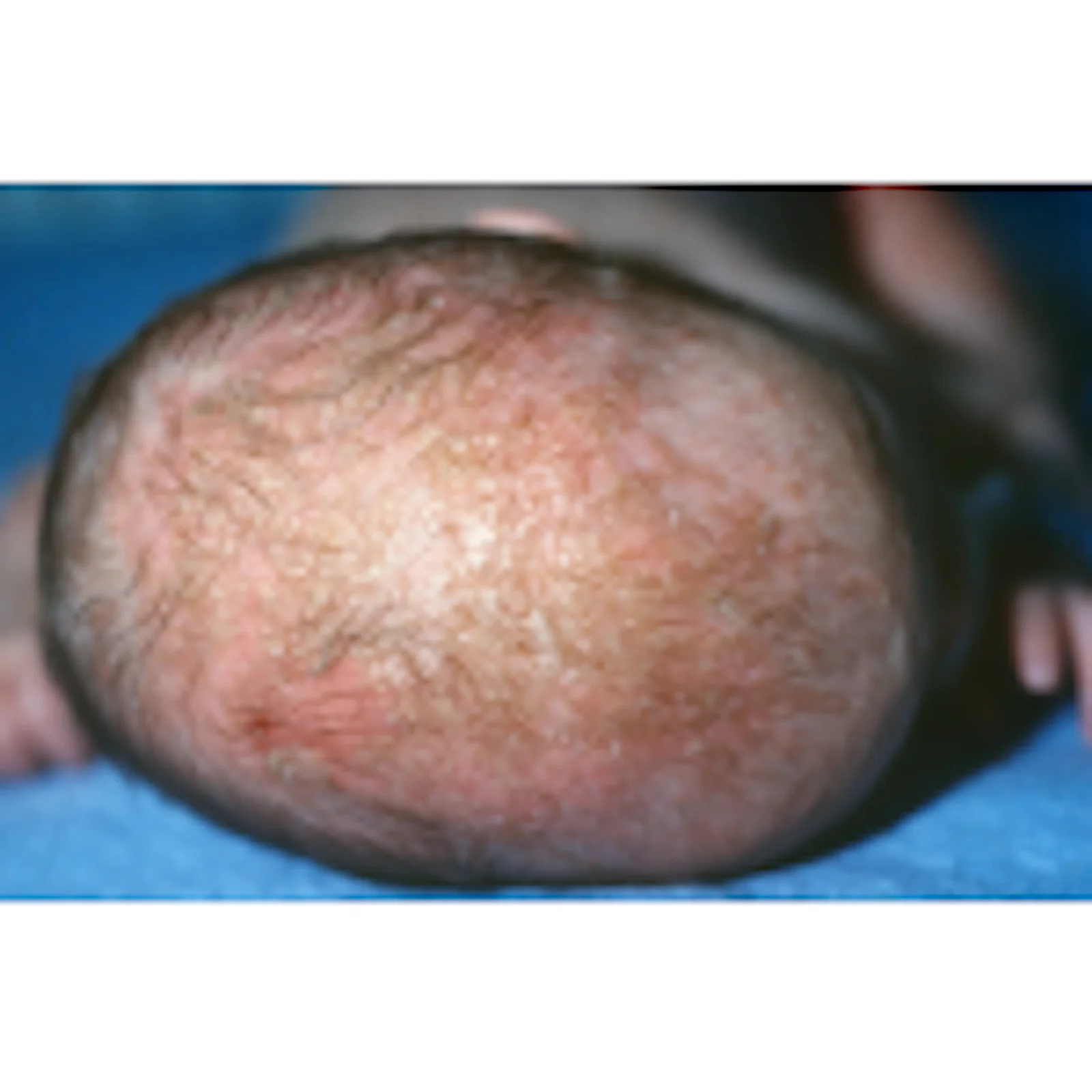
Overview
Seborrhoeic dermatitis is chronic inflammation that causes yellow, greasy scales and dandruff to form on areas of the skin that have a high number of oil glands such as the scalp and face, along the hairline, around the ears, and occasionally on other areas.(See also Overview of Dermatitis.)
The cause of seborrhoeic dermatitis is unknown, but the number of Malassezia yeasts, an organism normally present on the skin, and a person’s reaction to them play some role. Seborrhoeic dermatitis occurs most often in infants, usually within the first 3 months of life, teens, and in those aged 30 to 70 years. The risk and severity of the disorder seems to be affected by genetic factors, often runs in families, and is worse in cold weather. Seborrhoeic dermatitis may be more common and more severe among people who have a neurologic disorder (especially Parkinson disease) and among people who have HIV/AIDS.
Our individuality or uniqueness as a person, is the reason why some people experience it more severely than others. Homeopathy values this uniqueness of yours.
Do you know …
Washing with mild cleanser can reduce the inflammation and seborrhoeic deposits on skin.
Applying greasy products like creams, oils, etcetera can worsen the seborrhoeic dermatitis.
Medical students are not really taught about the healing system. They are taught about disease—how to diagnose and how to treat, but they are not taught how the body goes about treating itself. They will point to the immune system and let it go at that. But healing involves not just killing off disease germs or viruses but the process of reconstruction and repair.
Dr. Omar Fareed
Hey! You are almost there to start your treatment.
Causes of seborrhoeic dermatitis
Seborrhoeic dermatitis is caused by an interaction between hormones, skin oils, and micro-organism, which results in inflammation.
The skin contains many tiny hair follicles, or pores. Each pore contains a hair and a multi-lobed gland called a sebaceous gland which lie in the middle layer of skin (dermis) attached to the hair follicle. Sebaceous glands produce an oily substance called sebum, which normally travels up the pore to lubricate the hair and skin. Seborrhoeic dermatitis results when a collection of dried sebum and dead skin cells piles up supporting the growth of micro-organism producing inflammation.
- Puberty – when the sebaceous glands are stimulated by increased hormone levels, especially the androgens (such as testosterone), resulting in excessive sebum production.
- Genetic factors
Recurrent and severe seborrhoeic dermatitis can prevent people from doing what they usually enjoy and starts to affect the mind as well. They may become shy, depressed and anxious. They may stop their activities, withdraw socially, and become preoccupied with their appearance. The mind-body complex is now fully affected and becomes a vicious circle which keeps an individual in suffering mode.
Symptoms of seborrhoeic dermatitis
Seborrheic dermatitis usually begins gradually, causing dry or greasy scaling of the scalp (dandruff), sometimes with itching but without hair loss. In more severe cases, yellowish to reddish scaly raised bumps appear along the hairline, behind the ears, on the eyebrows, in the folds of skin on the sides of the nose, and on the chest.
In infants younger than 1 month of age, seborrheic dermatitis may produce a thick, yellow, crusted scalp rash (cradle cap) and sometimes yellow scaling behind the ears and red pimples on the face. Frequently, a stubborn diaper rash accompanies the scalp rash.
Older children and adults may develop a thick, tenacious, scaly scalp rash with large flakes of skin.
Diagnosis of seborrhoeic dermatitis
A doctor’s thorough evaluation which includes physical; mental; emotional; social health and environmental influence. Through this evaluation doctors try to identify the causes, factors modifying it and the impact of it on the daily life quality of a person.
Doctors base the diagnosis of seborrheic dermatitis on the location and appearance of the affected skin.
Doctors ask how the person feels; eats; sleeps and goes through a routine day. Identifying these changes is critical because they can make the situation better or worse and, if present, must be treated for it to be treated effectively.
Homeopathic Treatment of seborrhoeic dermatitis
After a thorough evaluation, each case is worked upon and a set of similar medicines is derived, from which one single medicine which fits the patient’s presentation at that time, in relevant intensity and repetitions is given.
Some need only one medicine throughout the duration of treatment and some need few in sequence one after another across the treatment.
Timely follow-ups are essential to keep moving forward towards the goal of treatment and to identify, manage and overcome any obstacles to the outcome.
Outcome of Individualized Homeopathic treatment
With Individualised Homeopathic treatment focused on the person who is suffering, the outlook is as follows:
- Relieves itch
- Reduces flakes
- Improves sleep
- Reduces recurrence
- Improves skin condition
- Restores function
- Better moods
- Improves quality of life
Each person is unique and hence the time taken for treatment and the results achieved are also unique.
Try to consult a well qualified professional homeopath who practices adhering to the tenets of Hahnemannian Homeopathy for Best Outcomes.